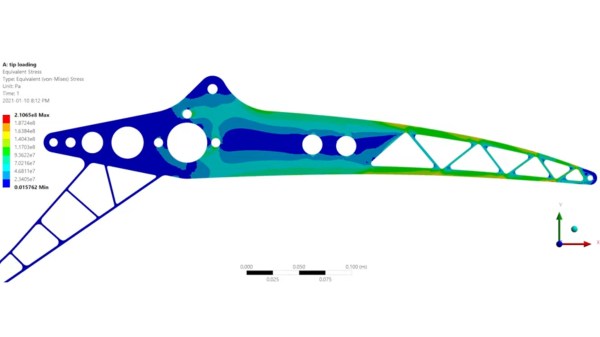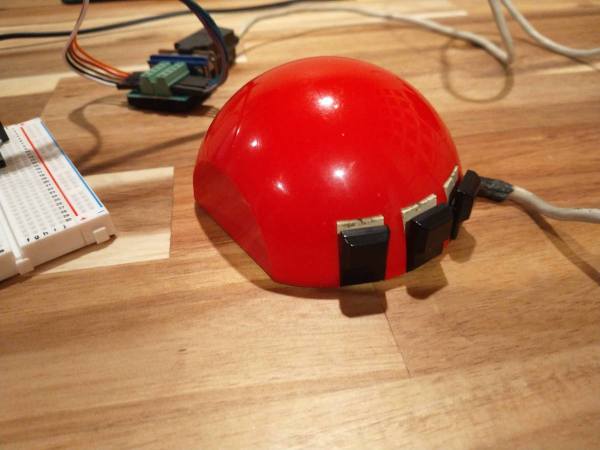Have you ever sat down and thought “I wonder if a trebuchet could launch a projectile at supersonic speeds?” Neither have we. That’s what separates [David Eade] from the rest of us. He didn’t just ask the question, he answered it! And he documented the entire build in a YouTube video which you can see below the break.
The trebuchet is a type of catapult that was popular for use as a siege engine before gunpowder became a thing. Trebuchets use a long arm to throw projectiles farther than traditional catapults. The focus has typically been on increasing throwing distance for the size of the projectile, or vice versa. But of course you’re here to read about the other thing that trebuchets can be used for: speed.
How fast is fast? How about a whip-cracking, sonic-booming speed in excess of 450 meters per second! How’d he do it? Mostly wood and rubber with some metal bits thrown in for safety’s sake. [David]’s video explains in full all of the engineering that went into his trebuchet, and it’s a lot less than you’d think. There’s a very satisfying montage of full power trebuchet launches that make it audibly clear that the projectile being thrown is going well past the speed of sound, with a report quite similar to that of a small rifle.
[David]’s impressive project and presentation makes it clear that all one has to do to build a supersonic trebuchet is to try. Just be careful, and watch where you shoot that thing before you put somebody’s eye out, ok?
Speaking of things that can go unexpectedly fast, check out these unpowered RC gliders that approach the speed of sound just feet off the ground. And thanks to [Keith] for the awesome Tip!
Continue reading “Supersonic Projectile Exceeds Engineers Dreams: The Supersonic Trebuchet”
















